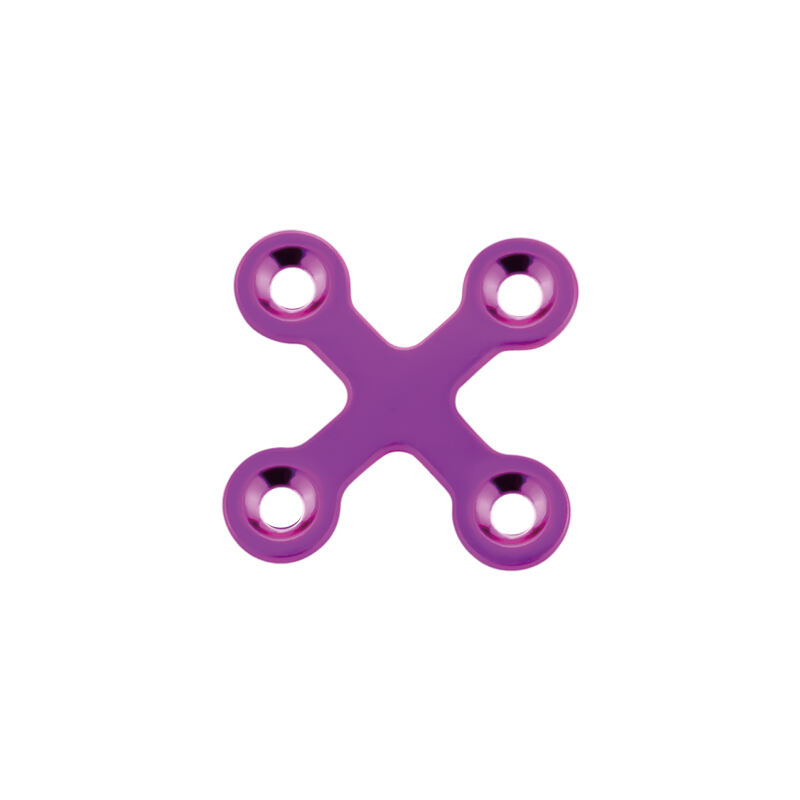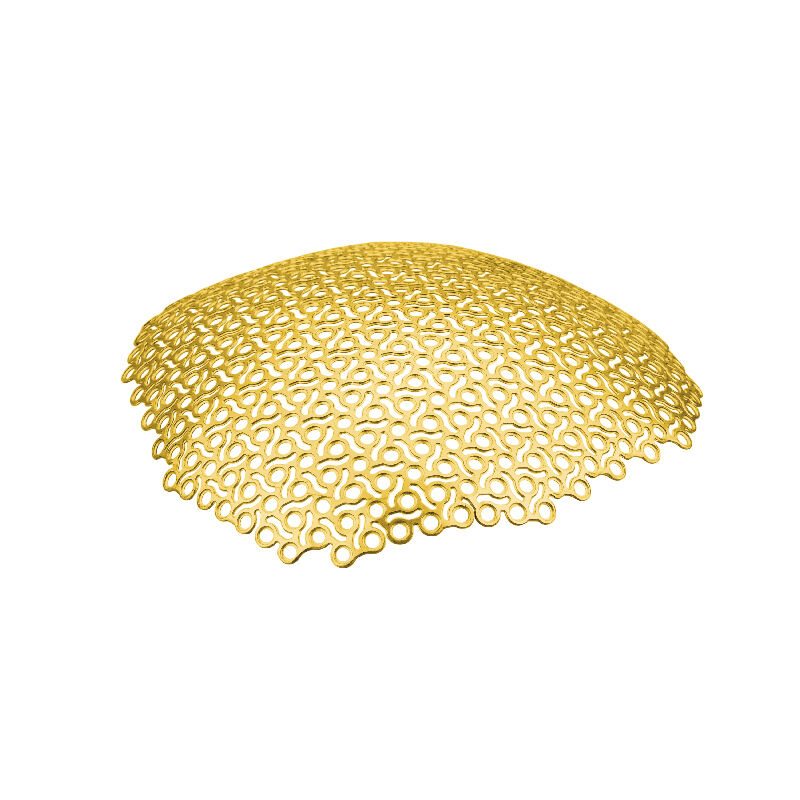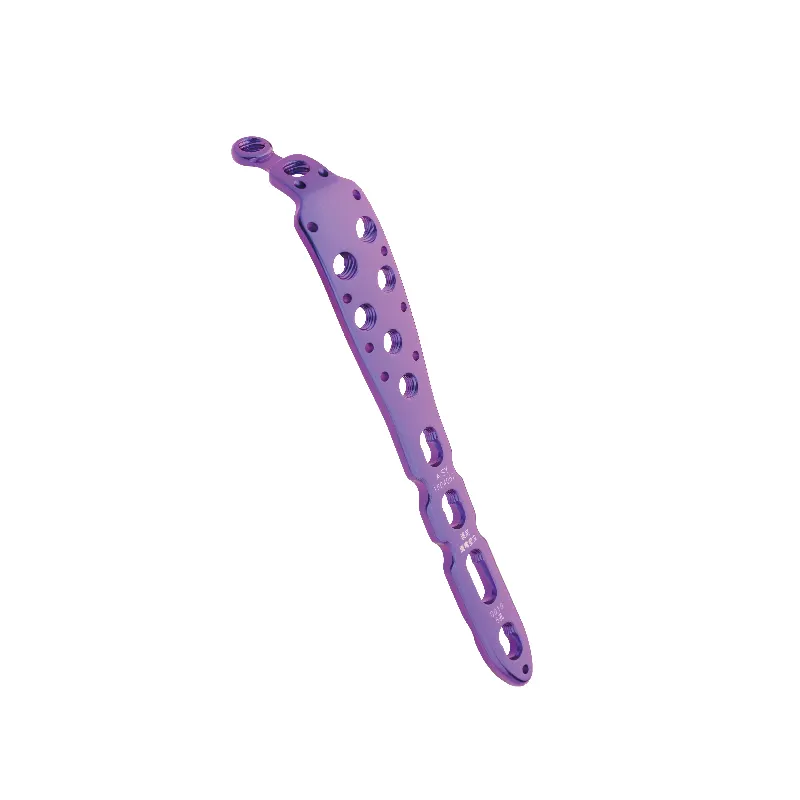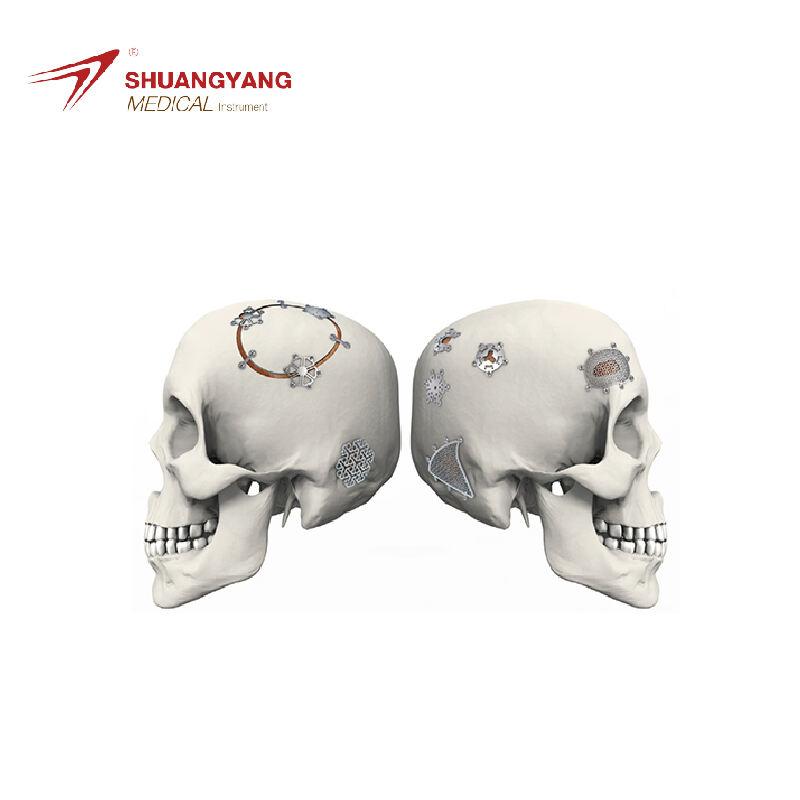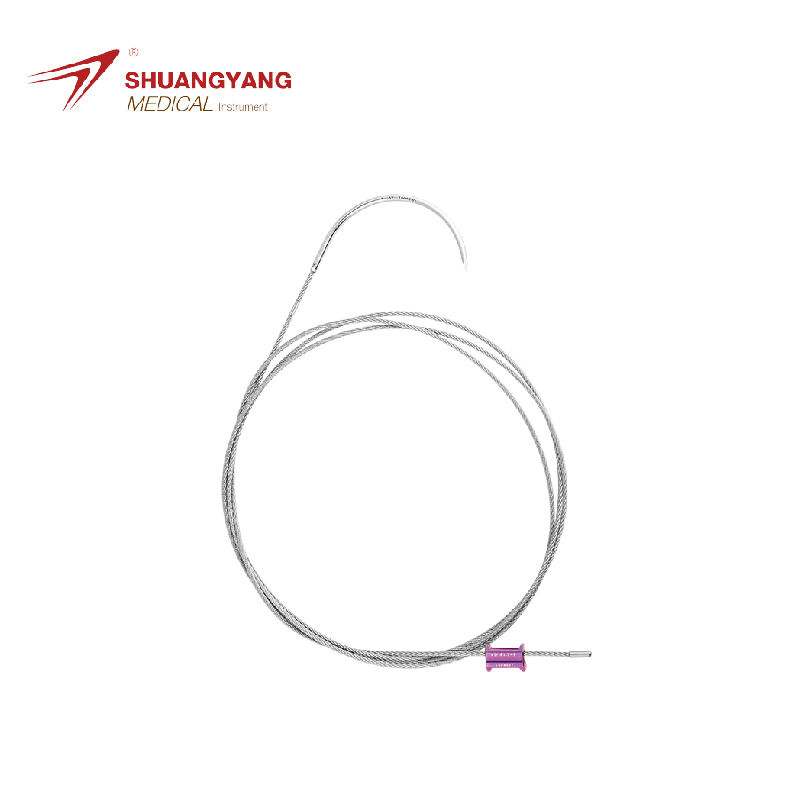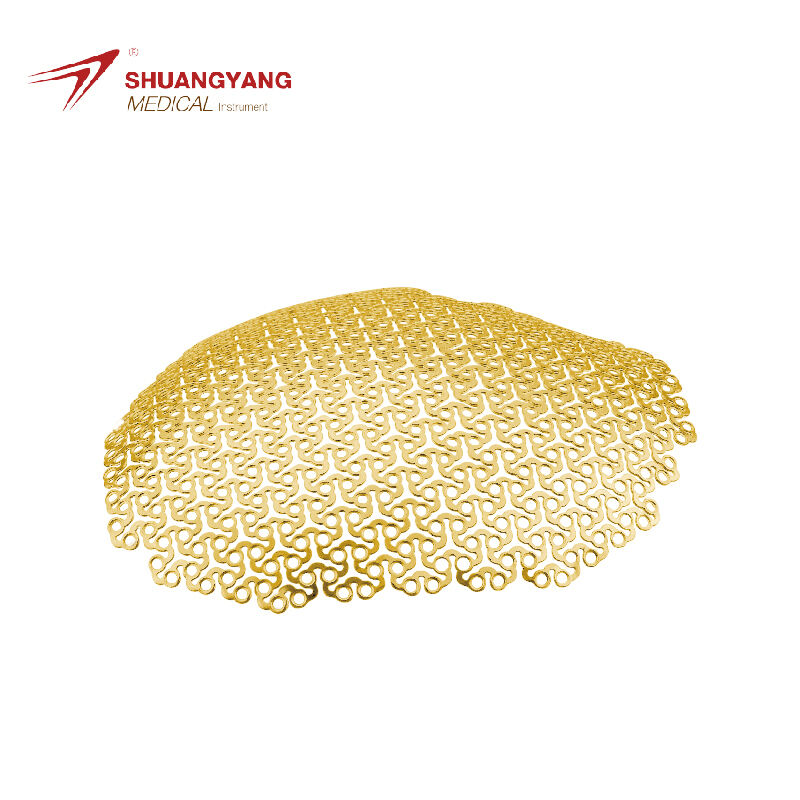nail tibia
The nail tibia is a medical device designed to stabilize fractures in the tibia, one of the two bones in the lower leg. Its main function is to provide internal support, allowing the bone to heal properly. Technological features include a hollow, cylindrical design made from medical-grade titanium, which is biocompatible and reduces the risk of infection. The nail tibia is inserted into the medullary cavity of the tibia through a small incision, minimizing damage to surrounding tissue. Its applications are widespread in orthopedic surgery, particularly for treating shin fractures that are either straight or comminuted. The device comes in various lengths and diameters to accommodate different patient anatomies and fracture types.
 EN
EN
 FR
FR
 ES
ES
 AR
AR


